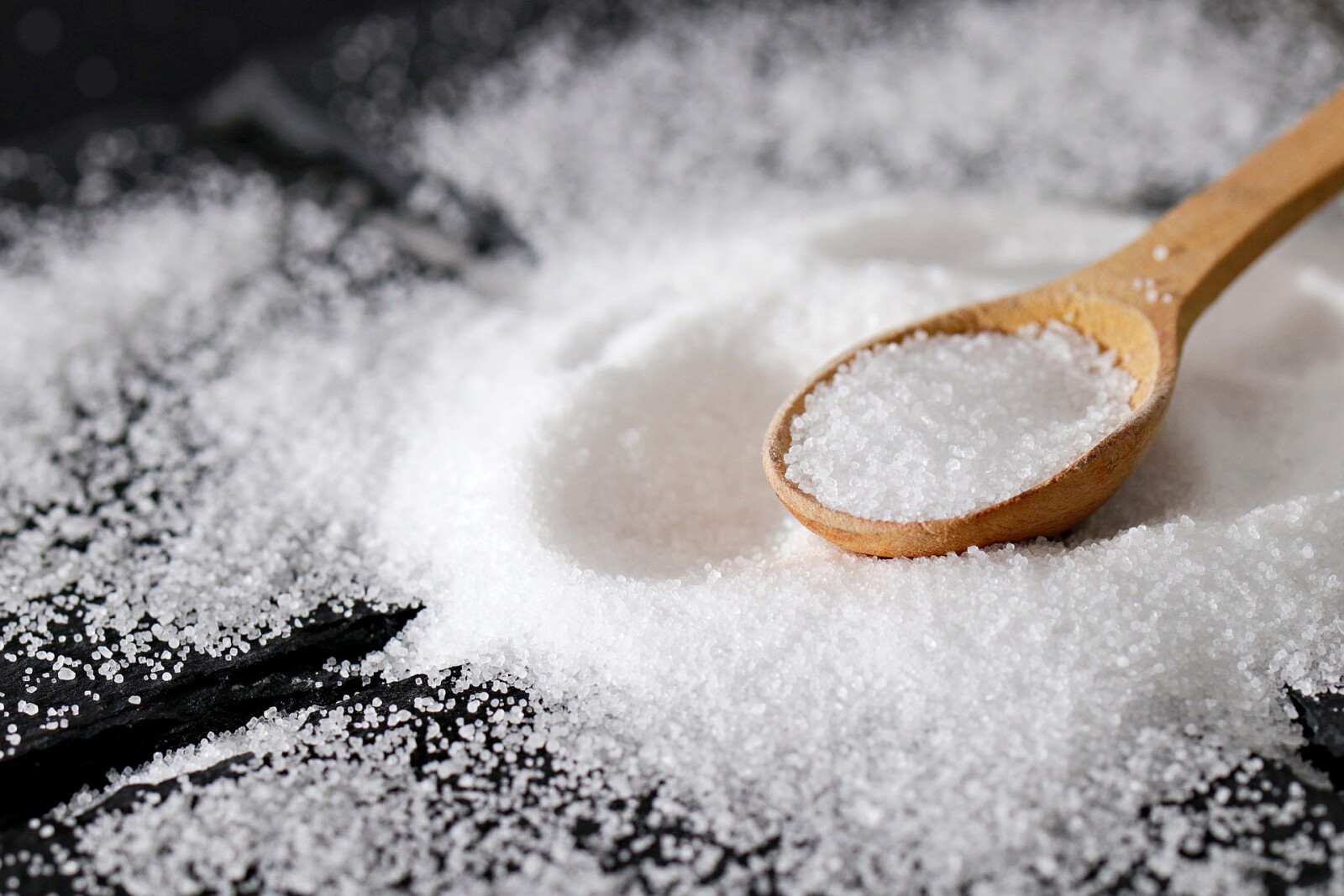The Badass Backstories of 5 Incredibly Mundane Things

You might be familiar with the saying, “familiarity breeds contempt.” It’s most often used to talk about relationships, and the way that spending a ton of time with someone can exacerbate their worst traits. I think it can apply to much more than just romance, though. Almost anything, when we’re overly used to it, can start to lose the curiosity and wonder it deserves. Things that are pretty incredible can quickly become boring or even annoying. In our modern lives, there are so many small things we take for granted without ever wondering where they might have come from, what problems they might have solved or if they have some hidden insane history.
Along those lines, here are five mundane things that have a much more badass backstory than you might assume.
Marathons

Marathons are a great place to start if we want to discuss contempt. I’ll be the first to say, I am pretty much absolutely never in the mood to discuss marathons, if the subject is one that someone is going to and/or has run. It’s impressive, sure, but it’s basically a very intense fitness test. If you were living an unhealthy lifestyle and decided to turn it around to run a marathon, I applaud you for your willpower and achievement. But if you buy one of those “26.2” bumper stickers, I’m rolling my eyes behind you in traffic 100 percent of the time.
That distance, and the word marathon, though, take us back to the origins of the feat — one that didn’t involve numbers, space blankets or even multiple participants. The modern, competitive marathon comes from a Greek legend of a messenger who carried information of extreme military urgency from Marathon to Athens, a distance of about 40 kilometers. He ran the entire distance to deliver the news of a Greek army victory over the Persians, and as the tale goes, then straight up DIED. I like to think if his spirit is watching marathons today, he is ALSO thinking, “Why are they doing this voluntarily?!”
Salt

Yes, salt, the little crystal that covers the outside of delicious soft pretzels. Salt is omnipresent in the world of food. It’s used multiple times throughout the preparation of pretty much any savory meal, and it might be the one thing you can’t get through a single decent recipe without. Scientifically, it’s an incredible compound, with a massive range of effects and benefits when cooking. All this utility, however, made it a very precious resource when it was a little less obtainable.
Salt was responsible for all manner of international friction throughout history, but a lack of salt access has caused huge trouble more recently than you might expect. The El Paso Salt War began in the 1860s, between long-time native Mexican Americans and newer occupants. Those who had lived in the area for years considered the salt flats near the Guadalupe Mountains to be a natural resource. Some El Paso businessmen not only disagreed, but seeked to own the land for themselves. The conflict only escalated, and after a series of events kicked off by the arrest of some Mexican Americans traveling to collect salt to bring back to the El Paso area, the Salt War almost ended up becoming a federal military conflict between the U.S. and Mexico.
God Bless You

If you sneeze, like an echo, you’ll quickly hear, “Bless you!” Even strangers on a plane or in line at a coffee shop feel obligated to exchange this ancient tit-for-tat. What you might not know is that the kind old man hitting you with that “gesundheit,” to the belief of some people in the past, just saved you from a full-on Satanic invasion.
It’s believed that some highly superstitious folks of yore, probably the same kind of people who believed that witches were a huge threat to their day-to-day life, thought some pretty intense things about the act of sneezing. Namely, that when you sneezed, your soul left your body for a brief moment. It was up to anyone near you at that moment to quickly come flying in with a blessing so that they could swat down any demon trying to possess your briefly vacated vessel, Dikembe Mutombo style. Good luck navigating my severely deviated septum, Satan!
Pajamas

Pajamas, in the modern age, are not only mundane, but a bit of a dinosaur. Sleeping in a silk two-piece is more the domain of Ebenezer Scrooge or piss-soaked grandparents than any normal person’s slumber hours. Generally, they seem unnecessary, old-fashioned and hoity-toity. Their rep as a deeply goody-two-shoes sort of clothing piece makes a bit of their history even more fascinating: Pajamas became popular because of World War I air raids.
During World War I in London, there was constant fear of nighttime zeppelin raids by the Germans. If such a raid happened, you’d have to come barreling out of your house at top speed out of a dead sleep, without the time to get dressed. With this in mind, women especially were looking for something that they’d look half-respectable in if forced into the public eye at night with little notice, with the added benefit of it being warm. Basically, they didn’t want to be caught out in the equivalent of a XXXL Garfield T-shirt with ice cream stains on it.
Superglue

Superglue is an incredible bit of chemical engineering. It can be used for everything from fixing a broken vase before any parents realize it, to gluing a very dumb man’s butt cheeks together. Indeed, it seems like as long as superglue has been around, humankind has had a strange sort of self-destructive drive to see its effect on flesh, and has found repeatedly, that that effect is: It gets superglued.
Superglue’s ability to bind flesh together isn’t a new discovery, though. In fact, one of the very earliest uses of superglue was closing up gunshot and other traumatic wounds in the Vietnam War. Dr. Harry Coover of Kodak invented cyanoacrylates during another experiment to create ultra-clear plastic, but quickly realized that it was an incredibly powerful adhesive. Curious about medical uses, he submitted it to the FDA, and ended up creating a cyanoacrylate spray for use by combat medics to quickly close wounds. Though it was never officially approved, it was used nonetheless because though it sometimes irritated the skin, it worked incredibly well.